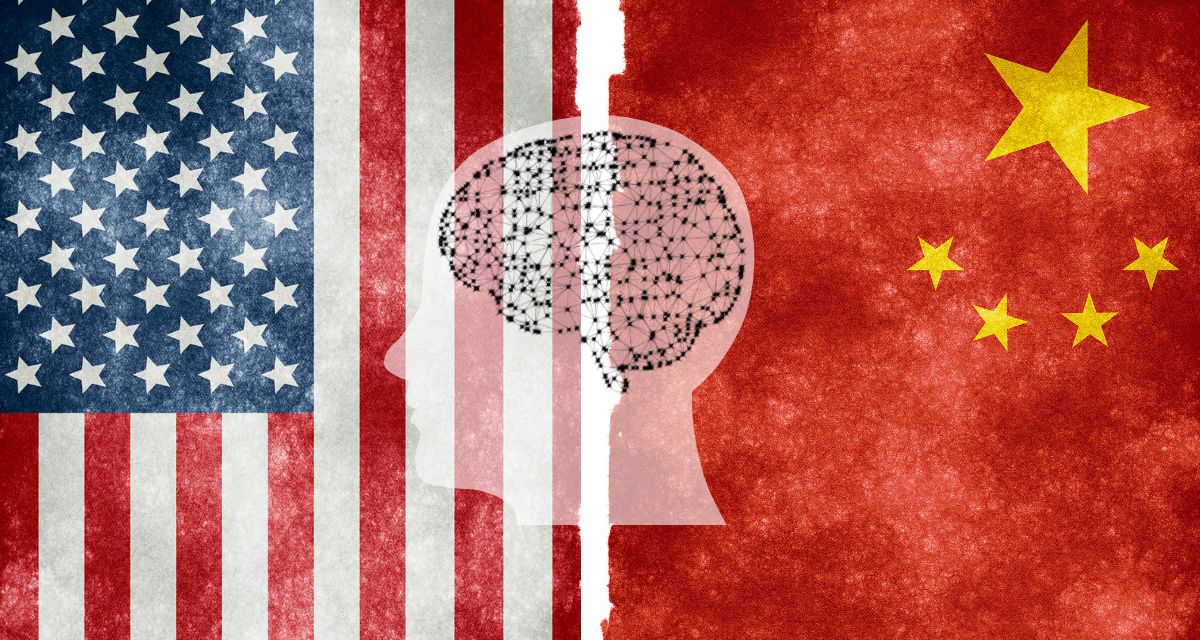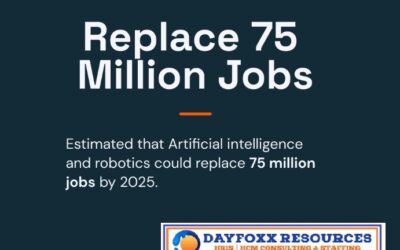Artificial Intelligence (AI) has emerged as a transformative force, reshaping industries and economies worldwide. As AI technologies continue to advance, the global workforce faces both opportunities and challenges. In particular, Asian and American workers are poised to experience distinct impacts from AI adoption. This article explores the potential consequences of AI on workers in these two regions, highlighting the unique dynamics that differentiate their experiences.
I. The Current Landscape: AI and Employment Trends
Before delving into the specific effects of AI on Asian and American workers, it’s essential to understand the current landscape of AI and employment trends in both regions.
A. AI Penetration in Industries
Across Asia and America, industries have been integrating AI technologies to enhance efficiency, productivity, and decision-making. Manufacturing, finance, healthcare, and customer service are just a few sectors where AI-driven automation is making significant headway.
B. The Changing Nature of Jobs
AI’s integration has led to the evolution of job roles. Routine and repetitive tasks are increasingly automated, while demand grows for skills such as data analysis, machine learning, and creative problem-solving.
II. Asian Workers: Navigating Rapid Transformation
A. AI’s Role in Asia
Asia, home to diverse economies ranging from developed to emerging, is experiencing rapid AI adoption. Countries like China, Japan, and South Korea are investing heavily in AI research and development.
B. Opportunities for Asian Workers
- Upskilling and Reskilling: As industries embrace AI, Asian workers have the opportunity to upskill or reskill to align with the evolving job landscape. Governments and educational institutions are creating initiatives to provide training in AI-related fields.
- Entrepreneurship and Innovation: The AI revolution has enabled Asian workers to embark on entrepreneurial journeys, leveraging new technologies to create innovative solutions and startups.
C. Challenges for Asian Workers
- Job Displacement: Workers engaged in routine tasks are at risk of displacement due to automation. This challenge is especially pronounced in labor-intensive industries prevalent in some Asian economies.
- Inequality: The digital divide can exacerbate inequality, as workers without access to AI education and training may struggle to compete in the job market.
III. American Workers: Navigating the Technological Frontier
A. AI’s Role in America
The United States has been at the forefront of AI development and application, with Silicon Valley serving as a hub for innovation and tech companies. AI’s impact on American workers is multifaceted.
B. Opportunities for American Workers
- High-Demand Skills: AI adoption has created a surge in demand for professionals skilled in data science, AI ethics, and programming. American workers can seize opportunities in these growing fields.
- Research and Development: America’s advanced AI ecosystem allows workers to contribute to cutting-edge research, fostering innovation and shaping the future of AI technologies.
C. Challenges for American Workers
- Job Polarization: While AI offers high-skilled job opportunities, low-skilled workers may experience job polarization, leading to a shrinking middle-income job market.
- Reskilling Barriers: The rapid pace of technological change can make reskilling challenging for some workers, particularly those in industries that face disruption.
IV. Policy and Societal Responses
A. Asian Governments’ Initiatives
Many Asian governments recognize the need to address the impact of AI on their workforce. They are implementing policies to encourage education and reskilling, support entrepreneurship, and ensure fair labor practices in the era of AI.
B. American Government and Private Sector Collaboration
In the United States, a collaborative approach between the government, academia, and the private sector is crucial. Government-funded programs and partnerships can help bridge the skills gap and promote responsible AI implementation.
V. Embracing a Shared Future
The impact of AI on Asian and American workers will be multifaceted, with opportunities and challenges varying across regions. However, both groups can benefit from cross-border collaboration and knowledge-sharing to collectively navigate the AI revolution.
A. International Collaboration
Asian and American workers can collaborate on AI-related research, skills development, and policy formulation. Cross-cultural exchanges can lead to diverse perspectives that foster more inclusive AI ecosystems.
B. Ethical Considerations
Workers in both regions should collectively address ethical concerns related to AI, such as bias in algorithms, data privacy, and the potential misuse of AI technologies.
Final Thoughts
Artificial Intelligence is reshaping industries, jobs, and economies around the world. As AI adoption accelerates, Asian and American workers will experience distinct impacts, influenced by their respective economies, policies, and societal structures. While challenges like job displacement and skill gaps are prevalent, opportunities for upskilling, innovation, and collaboration also abound. By embracing a shared future and working together on education, policy, and ethics, workers on both sides of the globe can harness the potential of AI to create a more inclusive, prosperous, and equitable workforce for generations to come.












0 Comments